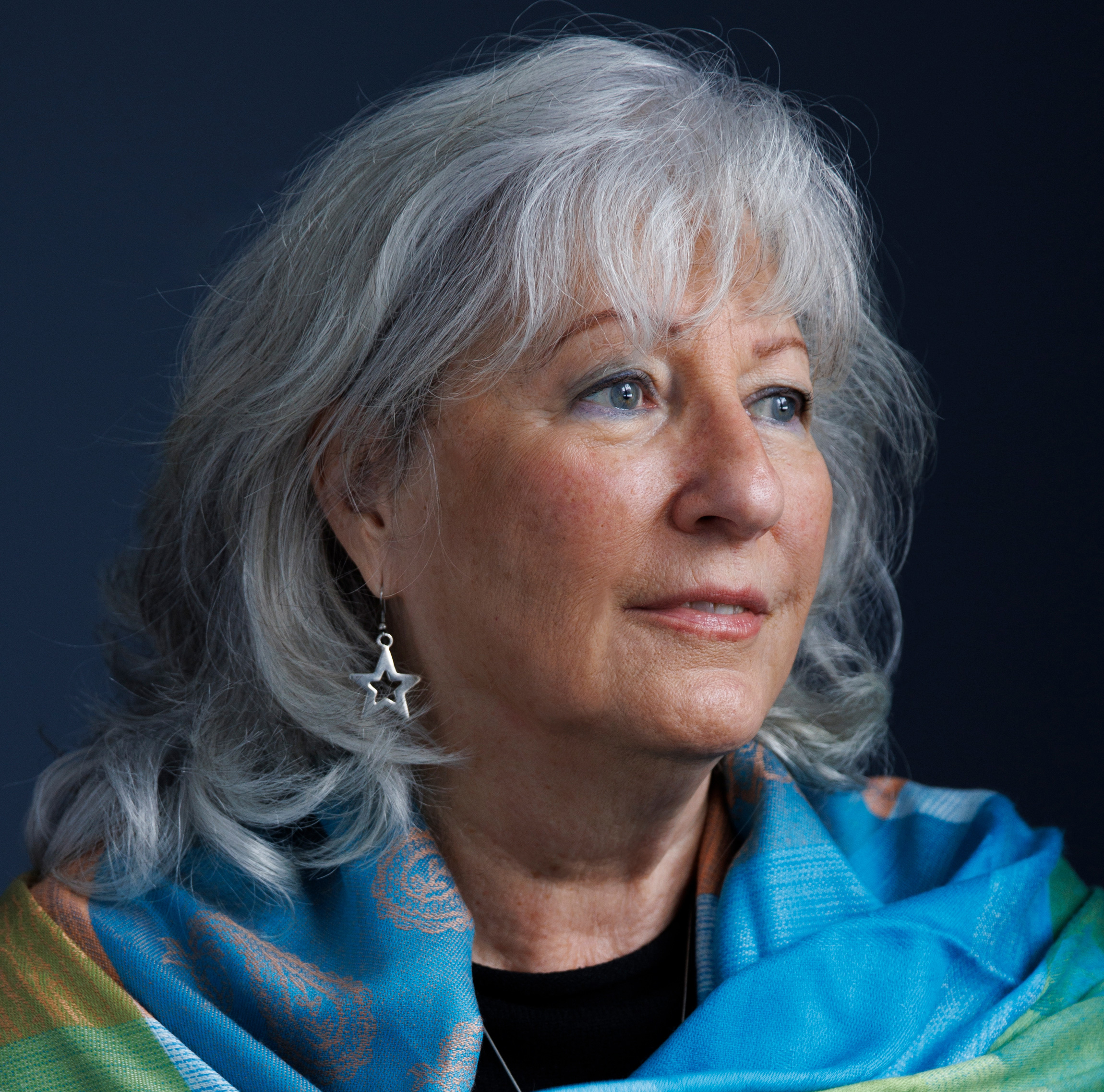
Gina Roitman is a novelist, short story writer, biographer, and writing coach. Her work has been featured in anthologies including The New Spice Box, Wherever I Find Myself, and Living Legacies. Since 2018, she has been conducting writing workshops for The Generations After of Washington, DC, working with 14 daughters of Holocaust survivors who are writing their memoirs. In 2013, with Jane Hawtin as Executive Producer, Gina was the subject of the award-winning documentary film, My Mother, the Nazi Midwife and Me about returning to the town where she was born to learn how her mother had saved her life. The film enjoyed a two year-run on CBC's Doc Channel. Gina is a member of the Quebec Writers' Federation and ELAN, the English-Language Arts Network.
History is not only written in books. It’s written on our genes.
Whether we know our family stories or not, we carry the past — of our parents, grandparents and forebearers — throughout our lives. Those lives lived influence who we become. But unless we ask the questions while we still can, or go the route of a deep dive into research, we may never understand who packed the suitcase we carry from birth.



